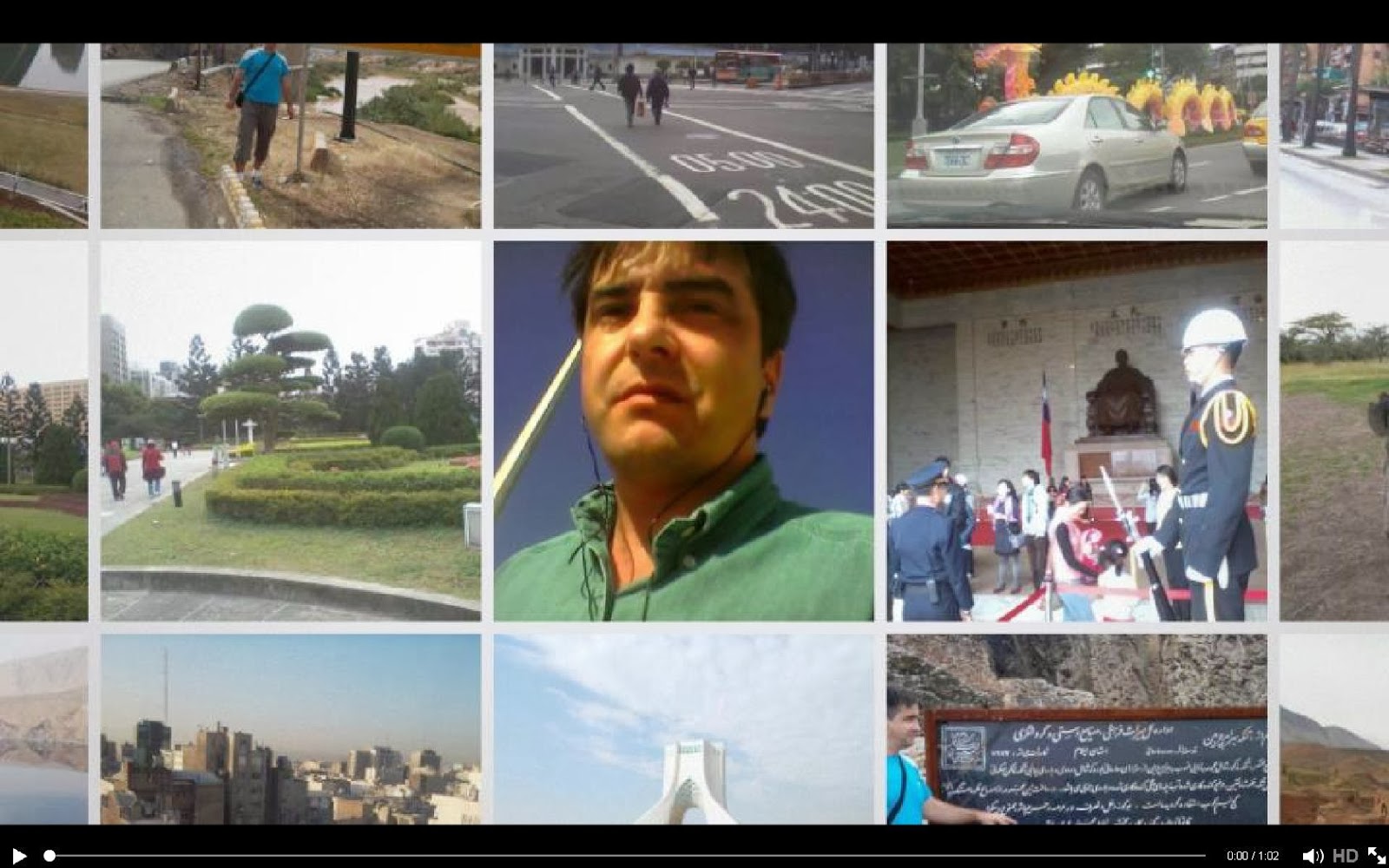Chiang Kai-shek Memorial Hall is a famous monument and tourist attraction in Taipei, Taiwan.There are various names for the island of Taiwan in use today, derived from explorers or rulers by each particular period. The former name Formosa dates from 1544, when Portuguese sailors sighted the main island of Taiwan and named it Ilha Formosa, which means "Beautiful Island".In the early 17th century, the Dutch East India Company established a commercial post at Fort Zeelandia on a coastal islet called "Tayouan" in the local Siraya language; the name was later extended to the whole island as "Taiwan".
The official name of the state is the "Republic of China"; it has also been known under various names throughout its existence. Shortly after the ROC's establishment in 1912, while it was still located on the Asian mainland, the government used the abbreviation "China" to refer to itself. During the 1950s and 1960s, it was common to refer to it as "Nationalist China" (or "Free China") to differentiate it from "Communist China" (or "Red China"). It was present at the UN under the name "China" until 1971, when it lost its seat to the People's Republic of China. Since then, the name "China" has been commonly used internationally to refer only to the People's Republic of China.
Over subsequent decades, the Republic of China has become commonly known as "Taiwan", after the island that composes most of its territory. The Republic of China participates in most international forums and organizations under the name "Chinese Taipei" due to diplomatic pressure from the PRC. For instance, it is the name under which it has competed at the Olympic Games since 1984, and its name as an observer at the World Health Organization.









